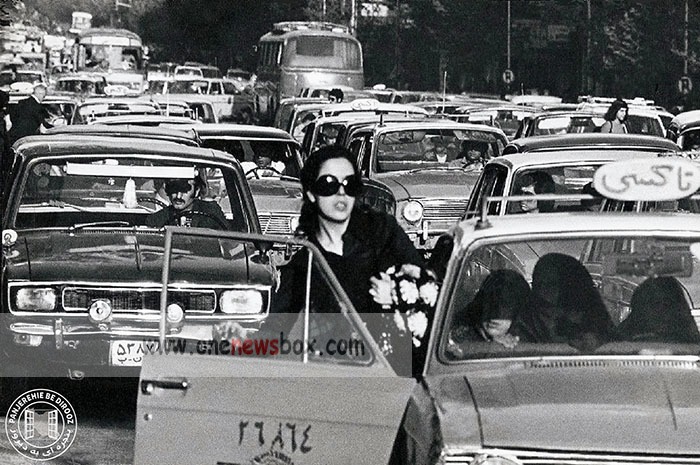This atmosphere was not monolithic but had several layers:
-
Islamic Culture: The mosque, the clergy (ulama), religious rituals, and Islamic law (sharia) were central to everyday life.
-
Market (Bazaar) Culture: Merchants, traders, and artisans not only dominated the economy but also served as patrons of religious institutions and guardians of traditional values.
-
Rural Traditions: The majority of Iranians still lived in villages, where agricultural life, kinship ties, and local customs were strong.
-
Persian Heritage: Even while Islamic culture provided a universalist framework, a strong sense of Persian cultural pride, linked to ancient Iran, poetry, and language, remained influential.
Against this background, the introduction of Western modernity in the late 19th and early 20th centuries created tensions that became more acute in the 1940s and 1950s. Reformers such as Mirza Malkom Khan, Seyyed Hassan Taghizadeh, and other Western-educated elites had long advocated for Iran to modernize “from head to toe.” Yet the deeply traditional fabric of society slowed this process.
Modernization and the Rise of a Western-Oriented Culture
By the 1940s and especially in the 1950s, modernization trends accelerated. Several factors contributed to this shift:

